There can be your advertisement
300x150
Wallpapers for the Bathroom Room
Choosing wallpapers for a bathroom has its own specifics, determined by the microclimate of this room. Not every wall covering can withstand constant humidity, water splashes, and elevated temperatures. This task is successfully handled by ceramic tiles, but they are rarely replaced.
Choosing wallpapers for a bathroom has its own specifics, determined by the microclimate of this room. Not every wall covering can withstand constant humidity, water splashes, and elevated temperatures.
This task is successfully handled by ceramic tiles, but they are rarely replaced. However, wallpapering bathroom walls also has its advantages:
- This type of covering is cheaper;
- Wallpapers can be painted, increasing their moisture resistance;
- They are easy to install, allowing frequent changes of wall appearance;
- Wide variety of textures and patterns allows for creative design expression.
The range of modern finishing materials is quite broad, each with its own pros and cons. For bathrooms, you can choose vinyl, liquid, self-adhesive, or glass wallpapers. The preferred type depends on individual preference.
Vinyl Wallpapers
A good option for a bathroom could be vinyl wallpapers made on a paper base with a polymer coating. They have a denser structure, belong to heavier materials, so a special adhesive is required for installation. The adhesive must be viscous, set quickly, and support the weight of the material.
Wallpapers adhere tightly and withstand high humidity well, but may shrink and detach from the wall when temperature rises. Another drawback is the high cost per roll (20–60$). The price largely depends on the material's ability to repel water.
Based on this property, vinyl wallpaper can be water-repellent, washable (can be wiped with a damp cloth), or super-washable (can be cleaned with cleaning agents). When choosing, pay attention to the product marking: a symbol showing three waves means it can be washed, while a brush icon indicates it can be scrubbed.
Advantages of vinyl finishing materials include:
- Ability to mask small wall defects and cracks;
- Decorativeness and variety of patterns;
- Resistance to fading;
- Flexibility;
- Durability;
- Water resistance of the top layer.
However, they are not very easy to work with, as they stretch significantly when glued and shrink upon drying, often leaving visible gaps at joints. The thickness of the material also makes handling difficult.
Self-Adhesive Wallpapers for the Bathroom
This type of finishing is a subcategory of vinyl wall coverings. As the name suggests, the wallpapers are already pre-impregnated with adhesive—no need to apply adhesive to the wall or the back.
First, cut a piece of the required length from the roll. If not a full sheet, trim the excess. Then, submerge the strip in hot water to activate the adhesive. Apply the wallpaper to a dry, prepared wall.
Paper and Felted Wallpapers for Painting
Paint-ready wallpapers are treated with a water-repellent coating. Their uncoated surface has a varied, often heavy-fiber structure. A major advantage is that they don’t require extensive wall preparation and effectively level wall imperfections. Additionally, they allow good vapor transmission.
Depending on density, the material can withstand 5 to 15 paint applications. Moisture resistance depends on paint quality. You can buy pre-painted wallpapers, but poorly aligned joints may be visible upon installation. However, they can also be repainted.
Modern wallpapers often consist of three layers, improving adhesion to the wall. After removal, a thin backing layer remains, suitable for applying new finishing material.
One type of paint-ready wallpaper consists of two layers of paper with wood shavings pressed between them—these can also be painted and treated with water-repellent lacquers.
Liquid Wallpapers
Increasingly popular, liquid wallpapers are often used for bathroom renovations. They are a special type of plaster mixed with water. Before application, the wall must be thoroughly primed with oil-based paint or a dedicated primer.
Apply liquid wallpaper with a trowel onto a thoroughly dried surface. After complete drying, apply a water-repellent layer, such as clear lacquer. Failure to do so may render the work ineffective, as these materials contain natural components that swell upon contact with moisture.
Glass-Fiber Wallpapers
High humidity poses no serious threat to glass-fiber surfaces, but installing them requires effort and time. First, apply moisture-resistant primer to walls. Then apply moisture-resistant adhesive. After that, apply the glass-fiber covering and leave it undisturbed for 24 hours.
After 24 hours, apply another layer of primer, then two days later, apply latex paint. Repeat the paint application the next day. Wait two more days before using the bathroom. Properly executed and carefully done work ensures high quality and long-lasting wall finishes.
Common colors for bathroom use are cream, beige, blue, and all natural tones and combinations. These materials are ideal for small rooms. In larger spaces, experiment with color combinations, create visual accents, and carefully select accessories and furniture.
More articles:
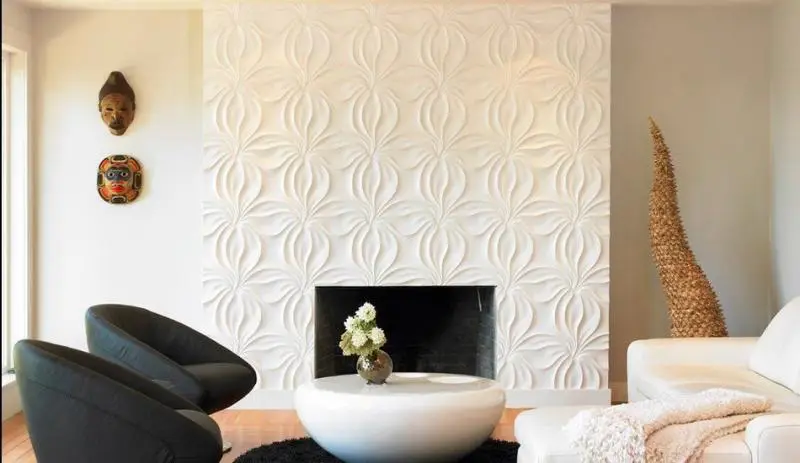 Wall Decor in Modern Interior: 4 Techniques and 40 Examples
Wall Decor in Modern Interior: 4 Techniques and 40 Examples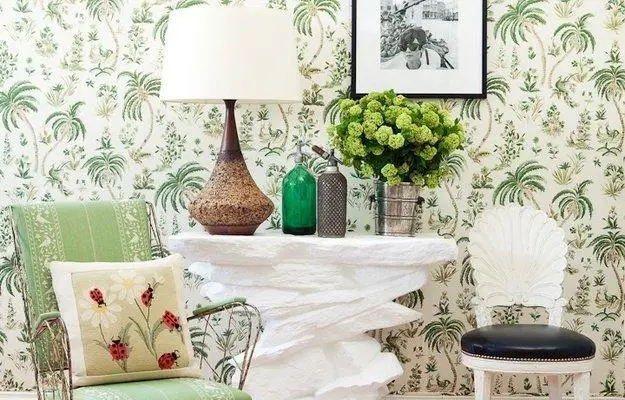 How to Update Your Interior for Summer: 11 Effective Techniques
How to Update Your Interior for Summer: 11 Effective Techniques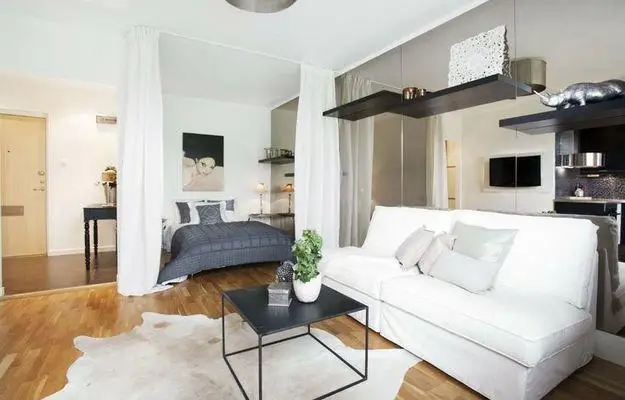 How to Combine a Living Room and Bedroom: Layout, Zoning, Furniture Selection
How to Combine a Living Room and Bedroom: Layout, Zoning, Furniture Selection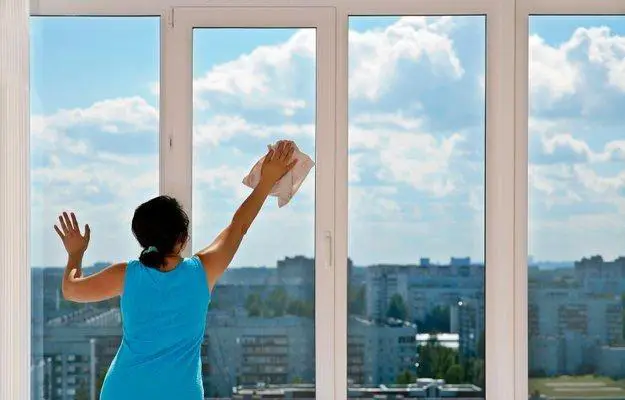 How to Care for Plastic and Wooden Windows
How to Care for Plastic and Wooden Windows How to Increase a Small Apartment: 9 Tips with a Real Example
How to Increase a Small Apartment: 9 Tips with a Real Example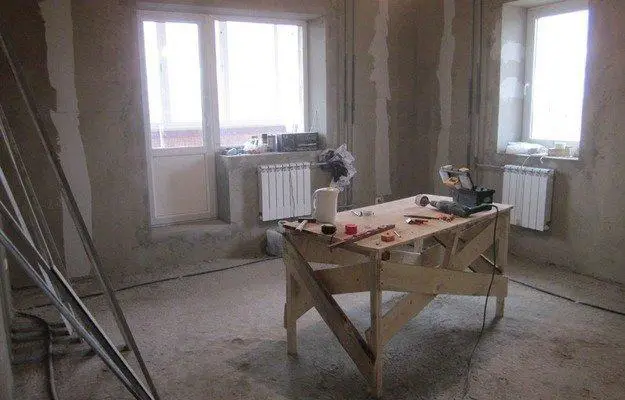 6 Rules of DIY Renovation: Expert Tips
6 Rules of DIY Renovation: Expert Tips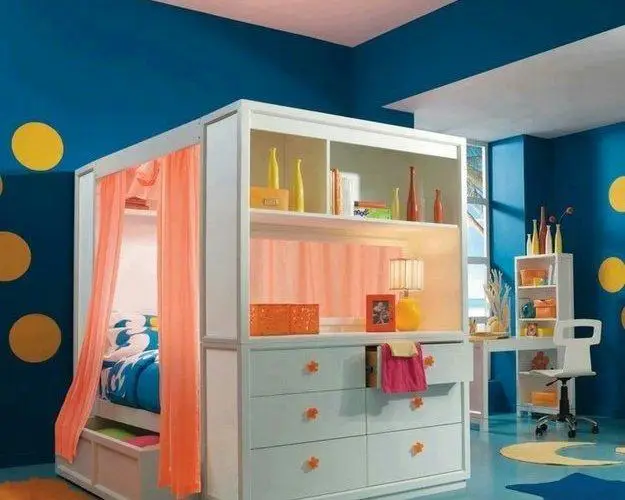 Playhouses for Kids: 45 Inspiring Ideas
Playhouses for Kids: 45 Inspiring Ideas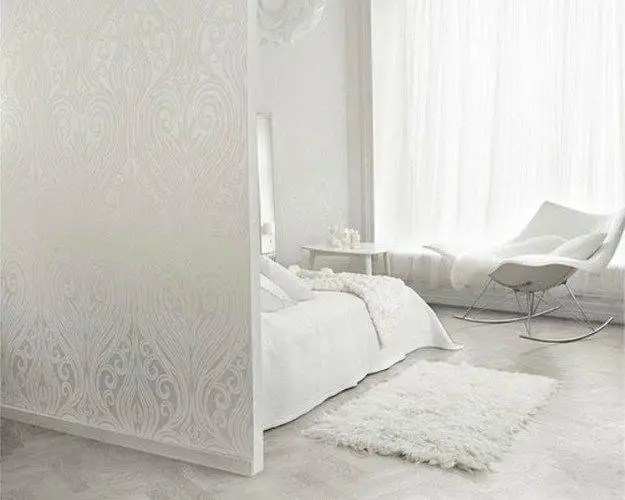 Bedroom Transformer: 5 Additional Functions Beyond Sleep
Bedroom Transformer: 5 Additional Functions Beyond Sleep